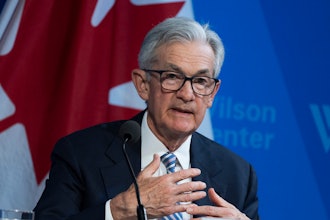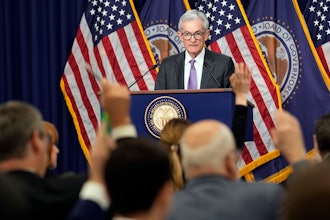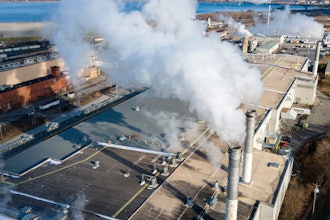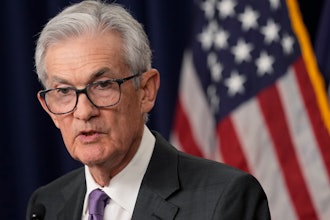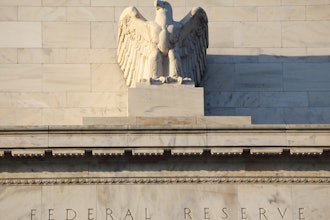WASHINGTON (AP) — Higher gas costs drove up wholesale prices last month, ending a string of four straight declines.
The producer price index increased 0.2 percent in March, after sharp drops in the two previous months, the Labor Department said Tuesday. The index measures prices before they reach the consumer.
Excluding the volatile food and energy categories, core prices also rose 0.2 percent.
In the past year, wholesale prices have plummeted 0.8 percent, the sharpest drop in the four years since the government updated its methods for calculating the index. Cheaper gas caused most of the decline. Core prices have risen 0.8 percent in the past 12 months.
If March's increase is sustained, inflation could move closer to levels that the Federal Reserve believes is consistent with a healthy economy. The government reports consumer prices Friday.
Cheaper gas and a strong dollar have kept most measures of inflation at very low levels, and in some cases in negative territory. Gas prices have leveled off in recent months, however, eliminating one source of deflationary pressure. The strong dollar, which makes imports cheaper, will likely continue to keep a lid on inflation, economists say.
"Inflation remains very soft," Jennifer Lee, an economist at BMO Capital Markets.
Federal Reserve officials are closely watching measures of inflation as they consider when they will raise the short-term interest rate they control. That rate has been pinned at zero for more than six years.
Fed officials have said they want to be "reasonably confident" that inflation will move closer to its 2 percent goal before they raise rates. Many economists predict the Fed won't move until September.
Gas prices fell about 60 percent from last June through January, when they reached a six-year low of $2.03. But they moved up since then. Gas prices averaged $2.39 a gallon nationwide Monday, according to AAA. That's five cents cheaper than a month earlier.
The Fed aims for 2 percent inflation to guard against deflation, which can cause a destabilizing drop in prices and wages.
Yet the Fed's preferred measure of inflation has been stuck below 2 percent for nearly three years. Another factor holding down prices has been the strong U.S. dollar, which makes imported goods cheaper.
Some Fed officials pointed to the low inflation readings in their March meeting and argued for delaying the first rate increase until later this year, according to minutes of the meeting, which were released last week. Other officials supported making the first move in June.
After that meeting, the Fed said in a statement that it wanted to see more improvement in the job market and to be confident that inflation would move toward its 2 percent goal before raising rates.









